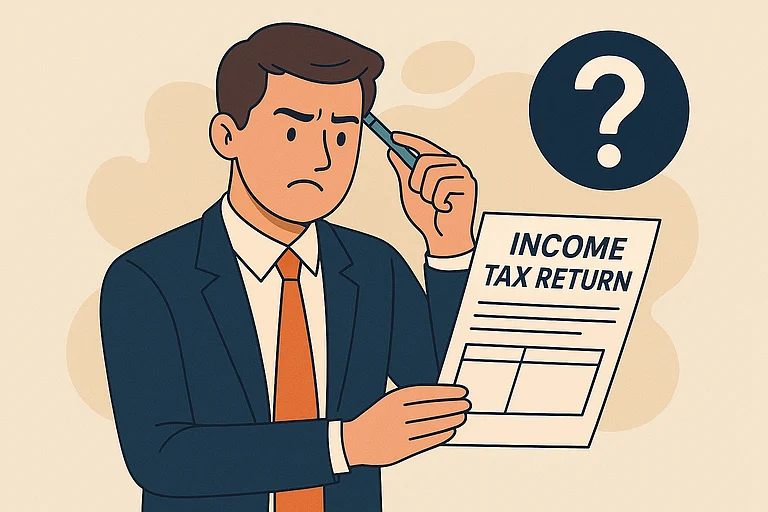Cryptocurrency has gained popularity as a method of investing and managing money. As more people enter the space, it becomes important to understand how to keep digital assets secure. Just owning crypto is not enough. It is important to safeguard the funds from any mistakes or risks by keeping them in a secure cryptocurrency wallet.
What is a Crypto Wallet
The software that stores the public and private keys used in cryptocurrency transactions is called a crypto wallet. Also, it enables users to send, receive digital assets as well as tracking their balance.
Crypto wallets are generally classified into two main categories:
Hot wallets: These wallets are appropriate for regular transactions and require an internet connection. Web-based wallets, desktop wallets, and mobile apps are a few types of online wallets. Because they are connected to the internet, they are more susceptible to hacks.
Cold wallets: They are offline wallets, like paper wallets or hardware wallets. They store your private keys offline which makes them much safer from online threats but less convenient for quick access.
Despite having a wallet, mistakes in handling it can cause investors to lose access to their crypto or suffer financial losses.
1. Not Backing Up the Recovery Phrase
When creating a cryptocurrency wallet, some users either fail to safeguard the recovery phrase or keep it in a risky location, like an email or notes app. If the application is deleted or the device is lost, they may be unable to recover their funds, resulting in permanent loss. This can be avoided by storing the recovery phrase offline in a safe, private location that no one else can access.
2. Not Choosing the Correct Wallet
With several types of crypto wallets available, some users choose one without understanding its purpose. Some individuals keep all of their assets in a single wallet designed for temporary or online use which can reduce flexibility and raise risk. By understanding how various wallets operate and utilizing them according to their intended usage, security degree and frequency of use will help you prevent this.
3. Sharing Private Keys or Recovery Phrases
In some situations, users share their private keys or seed phrases intentionally or by mistake through messages, screenshots or cloud storage. If these details go public then the wallet can be drained instantly. This can be avoided by keeping sensitive wallet information entirely secret and never making it available to the public.
4. Using Fake or Unverified Wallet Apps
Fake wallet apps often looks like legitimate ones but these are made to steal user credentials. These apps may appear on unofficial websites or even app stores, tricking users into entering their data. This can be avoided by checking the source, verifying the developer, and downloading only from trusted platforms.
5. Ignoring Security Settings and Updates
Many wallets provide several levels of security, such as PINs, biometric locks, and two-factor authentication, yet users may forget even to set them up. Not updating a wallet could leave it exposed to bugs and vulnerabilities, but these things can be avoided by turning on the available security options and paying regular attention to your wallet software.














